I also prefer a curved sword.
Yeah, I also like curves. In women, specially. I cannot really explain why. Not sure if it is physic, metaphysic, chemical, or animal.
But if I was to choose a sword, I would at least know that if I want to cut somebody like in the Samurai movies, from top to bottom, a curved sword would be good. While if I want to stab somebody like in Middle Age movies, a straight sword would be better.
A straight sword is also better for actors who cannot use swords, so they can do that typical thing of crossing the swords up and down in a fight.
Why/when a curved handsaw should be better, that is unfortunately still a mystery to men, women, hollywood, and even wikipedia.
I have made a promise to myself and decided that when I am rich I buy the straight and curved version of the same saw, in same length, and will post all the differences which I can notice of what can each do better than the other.
In the while, till I am poor enough to pay one saw, I stick with straight on saws and curves on women.
Here's my attempt. I do it so infrequently that I always forget how it's done. Apologies if it does not embed.
Yeah, it works. I actually had posted the first video on my last post. The word "she" in the sentence "isn't she lovely" is a secret link. Difficult to notice, as it is not shown in a much different colour and gets lost in the background. Thanks for reposting.
I did not know the second video, I had promised myself not to watch all her videos till I have money to travel to Australia to see her curves, I mean, her curved blades, personally.

So, I had a brief interchange of emails with the, apparently, biggest expert on Silky in Germany.
He said that a curved blade has more of a "point" contact with the wood, while the straight has got more of a "line" contact. So, on a curved blade there is less part of the blade making contact with the wood during the cutting. So, the whole force is concentrated on a lesser part of the blade, and the cut is faster and easier. He also said that the chippings would be better guided out of the cut with a curved blade.
He said that a straight saw is mostly preferred when a more precise cut is requested, and when the curve of the blade could make it more difficult to go between tight branches.
So, in few words, he confirmed that, basically, a curved blade is faster, a straight one is more precise and more "handy".
He is of the opinion that when cutting small branches anyway the speed advantage of a curved blade is irrelevant (which makes sense, as on a small branch also a straight blade -if long enough- would have a small point of contact).
So, for my needs (precise pruning of mostly small branches, possibly tight) a straight blade is to be preferred.
He did not suggest the Tsurugi as main/only saw, because he believes that by being so narrow it tends to be difficult to control when cutting bigger branches (bigger than 10 cm) and require an even slower or a very careful cut.
For this same reason he does not even sell the curved Tsurugi because he believes that it is much more difficult to control (curved = speed).
He mostly suggest the Tsurugi to people who already have another wider saw (like the Gomtaro) and wants something narrow for special jobs.
So Tsurugi 300-10 for me
And also Gomtaro 240 for roots. For two reasons: I want to see how long it really holds its edge, and I can use it when the Tsurugi should feel like too narrow.
About this saw, he said that it is twice chromed. I knew it was twice hardened (which is a process used also in knives, called secondary hardening).
So he thinks that it does not really holds much more of an edge than a normal saw, and no chances if the saw meets a stone even just once, instant dull.
Let's see...


